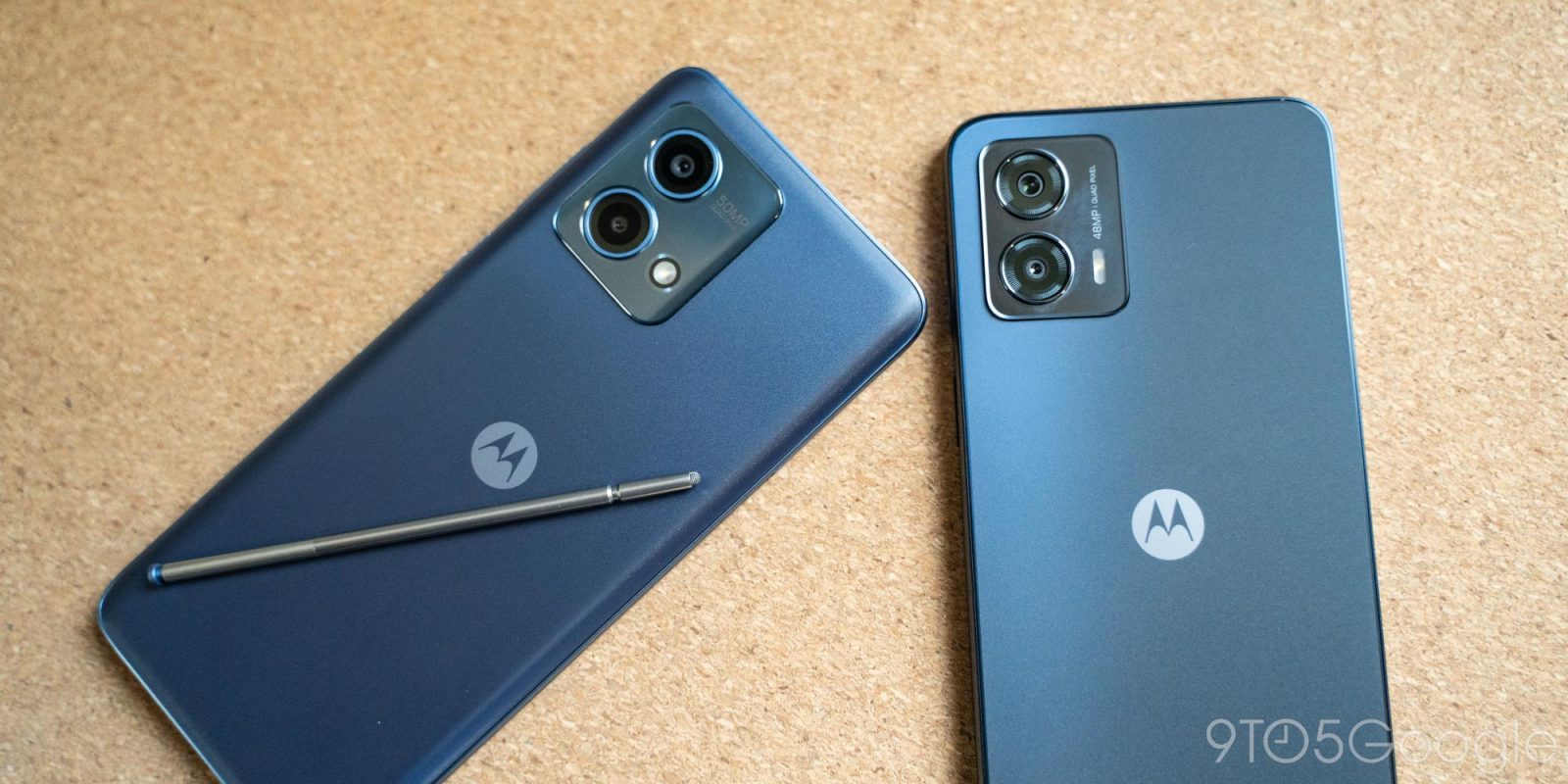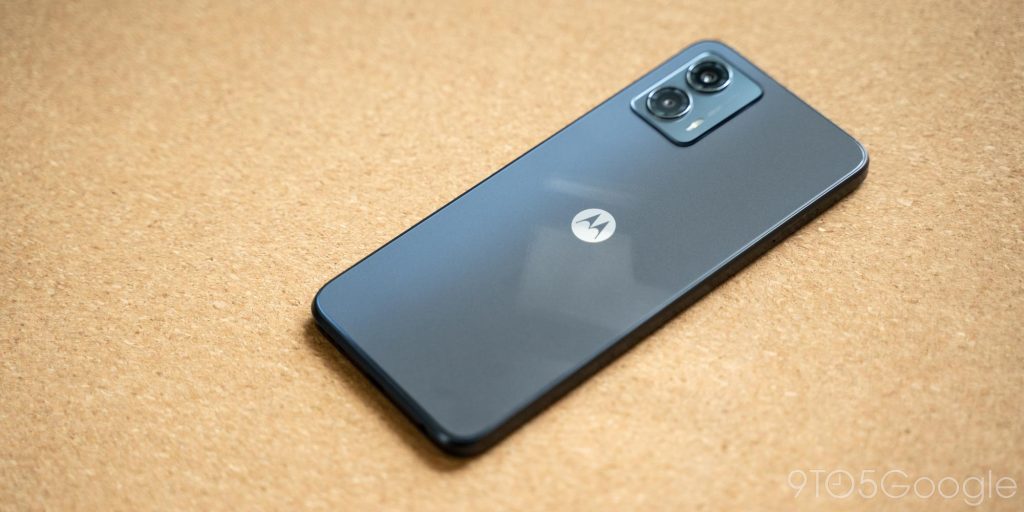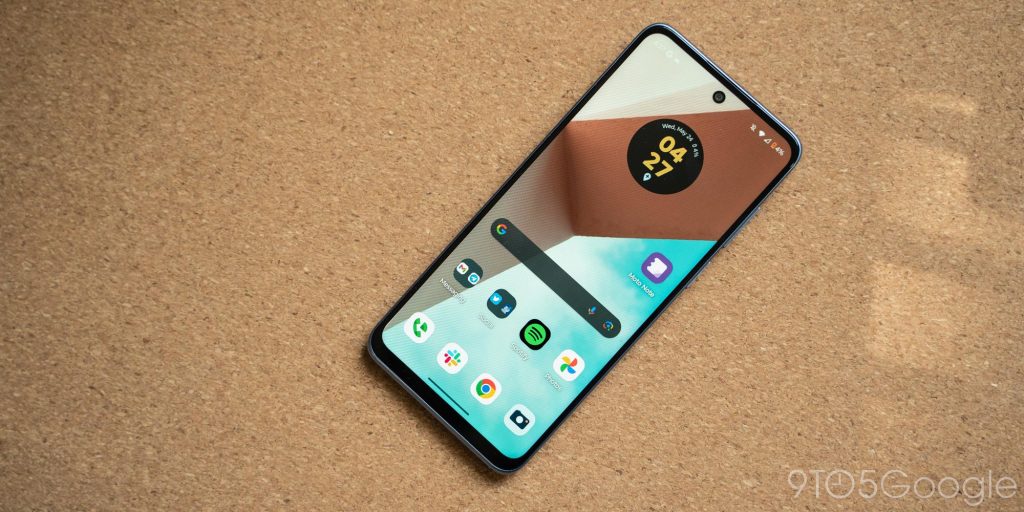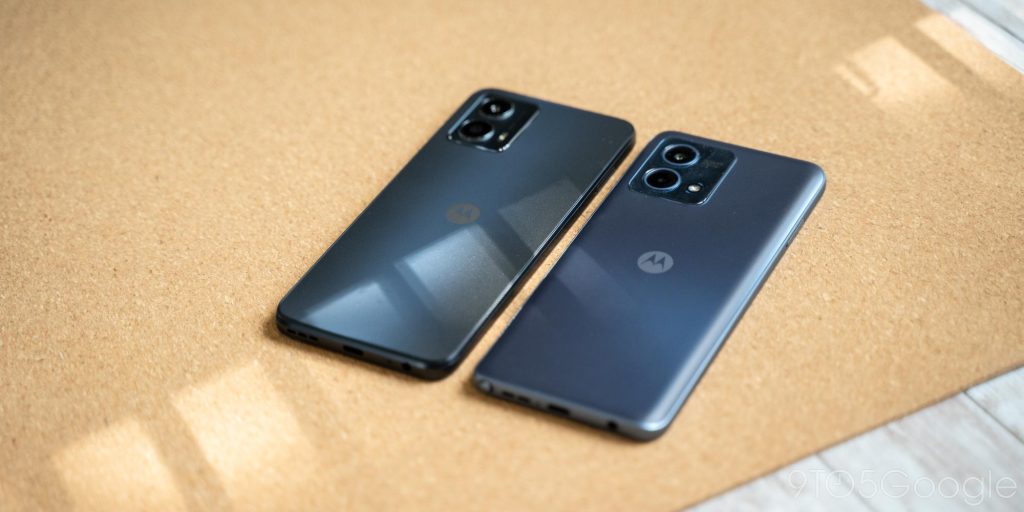
For years now, cheap Android phones have been capable enough to get stuff done on a budget, and that remains true. With its latest cheap devices, the Moto G Stylus (2023) and Moto G 5G (2023), Motorola is delivering on that promise yet again.
The Moto G Stylus (4G) and Moto G 5G are simple devices, both aimed at specific niches of the mobile market.
Starting with the Moto G Stylus (4G), you’re looking at a customer who wants a phone with a stylus for the lowest possible price. And, at $199, that’s what you’re getting. Meanwhile, the Moto G 5G (2023) focuses on bringing 5G connectivity to the low price of $250. Mission accomplished.
But are they actually any good? After a few days of use on each, I feel they’re a solid option at their prices, but I have a recommendation for anyone considering them.

Before that, though, let’s talk about what it’s like to use these smartphones. Both the Moto G Stylus (4G) and Moto G 5G (2023) have displays that measure 6.5 inches, with a 120Hz panel on the Moto G 5G and 90Hz on the Moto G Stylus (4G). They also pack a 5,000 mAh battery, 4GB of RAM, and 128GB of storage.
The screens here are completely acceptable, with decent viewing angles and reasonable sharpness. My main gripe is in the uniformity of the panels, with areas like the hole-punch camera cutout being a bit “shadowed” compared to the rest of the display. Realistically, though, it’s not a big deal. At the end of the day, these displays are being used for texts, social media, and video, and they get the job done very well, given the price.

Looking at the video department, too, Motorola touts support for Dolby Atmos on these phones, and the sound quality is actually surprisingly good. The stylus felt a little hollow at times, but the surround effect is decent, and the quality and volume were unexpectedly good.
Performance is the area where you’re really going to feel the impact of such a cheap device. With Android 13 out of the box, these phones aren’t lagging behind too far in terms of features, but they are slow.
My time with the Moto G Stylus and Moto G 5G (2023) were a far cry from even devices that cost only $100 more. Regularly, I was left waiting what felt like an eternity for apps to load or even for the lock screen to do its thing. Often I would find the device so slow to unlock that I would press the power button to restart the process, only for the phone to unlock, then register the button press, leading me back to a locked screen and a good bit of frustration. Things are a bit better on the Moto G 5G (2023), but it’s not great on either phone.
But, really, that’s not all that surprising. Neither of these devices uses particularly strong chips, with a MediaTek Helio G85 in the stylus and a Snapdragon 480+ in the Moto G 5G. But, ultimately, they’re both capable of doing what you want them to do, as long as that’s not any intense gaming. These can handle your basic puzzle games and such, but anything graphically intense isn’t going to happen here.
The one area I wish Motorola had helped users salvage some performance is in the screen’s refresh rate. Devices this cheap and low-powered have no sense trying (and rarely succeeding) to push 90fps. Sticking with a 60Hz display would have helped performance and saved further on cost. And I’m quite confident that would have been the right call because switching to 60Hz in the settings felt like an instant performance boost.

I also wish these phones were being promised more over time. You’ll only get one update to Android 14 and three years of security patches, plus there’s no timeline on when those updates will arrive, and Motorola’s history says they’ll almost always be quite late. That’s not great, especially considering Samsung’s $199 Galaxy A14 provides four years of patches and two major Android updates. At the very least, the software experience isn’t bad, with a pretty clean build of Android 13 on both devices with Motorola’s usual light load of pre-installed apps. The main gripe is some annoying bloatware, like Publisher’s Clearinghouse and “Hubs” in the app drawer that are effectively ads for other apps.
But how’s the stylus? Only the Moto G Stylus (4G) has a built-in stylus, and it’s pretty basic overall. There’s no special tech being used to replicate the experience of a Galaxy Note here; it’s just a basic stylus that’s designed to be a little more precise than your finger. But, honestly, that’s not a bad thing, and it was handy to have the stylus right there for jotting down a note or just using the phone with a stylus instead of my finger. The big improvement here over past stylus models is that this is now a push-button stylus, which is not only easier to remove from its silo but also the best fidget toy.

Both of these phones also have a fingerprint sensor integrated into the power button, and it’s quite good. The sensor is fairly reliable, and the side position makes it easy to reach, though it is a bit easy to trigger by mistake.
The battery life, though, is a bit disappointing. A low-power CPU and 5,000 mAh battery had me expecting easy two-day battery life, but even with light usage, I was generally going to bed with only around 20-35% left in the tank on the Moto G Stylus. The Moto G 5G tended to be considerably better. That’s very disappointing, and charging is quite slow at 15W. Plus, there’s no charger in the box on either device.

Rounding things out, let’s talk cameras. The Moto G Stylus (4G) has a 50MP camera on its rear, which is… fine. Shots are just fine, but they lack much depth and vibrancy. They feel just a bit drained of life. The same is true of the 48MP camera on the Moto G 5G (2023). But in a way, the final result was also usually better than I expected, as Motorola’s processing can really save a shot that, at least in the viewfinder, looks awful. The camera app itself is also quite slow, and even the processing struggles with motion.
Both phones also have a macro camera, which is a measly 2MP sensor, and, honestly, shouldn’t even be installed. The selfie cameras are also pretty rough, with grainy, undetailed, and lifeless quality.
The best part of the camera experience is the “twist” gesture to open it up. You really shouldn’t buy either phone if photos are important to you.
At the end of the day, my recommendation around the Moto G Stylus (4G) and Moto G 5G (2023) is this. If you’re considering either phone, I think they’ll be all right at their prices, but you should really try to stretch your budget for something else. The Pixel 6a is a much better phone across the board – and will last you 3-4x as long – and is just $349. Every penny counts, but your money will go far further with that device than it will with either of these.
The Moto G Stylus (4G) and Moto G 5G (2023) are available directly from Motorola unlocked and will be sold through select carriers in the US.

FTC: We use income earning auto affiliate links. More.








Comments